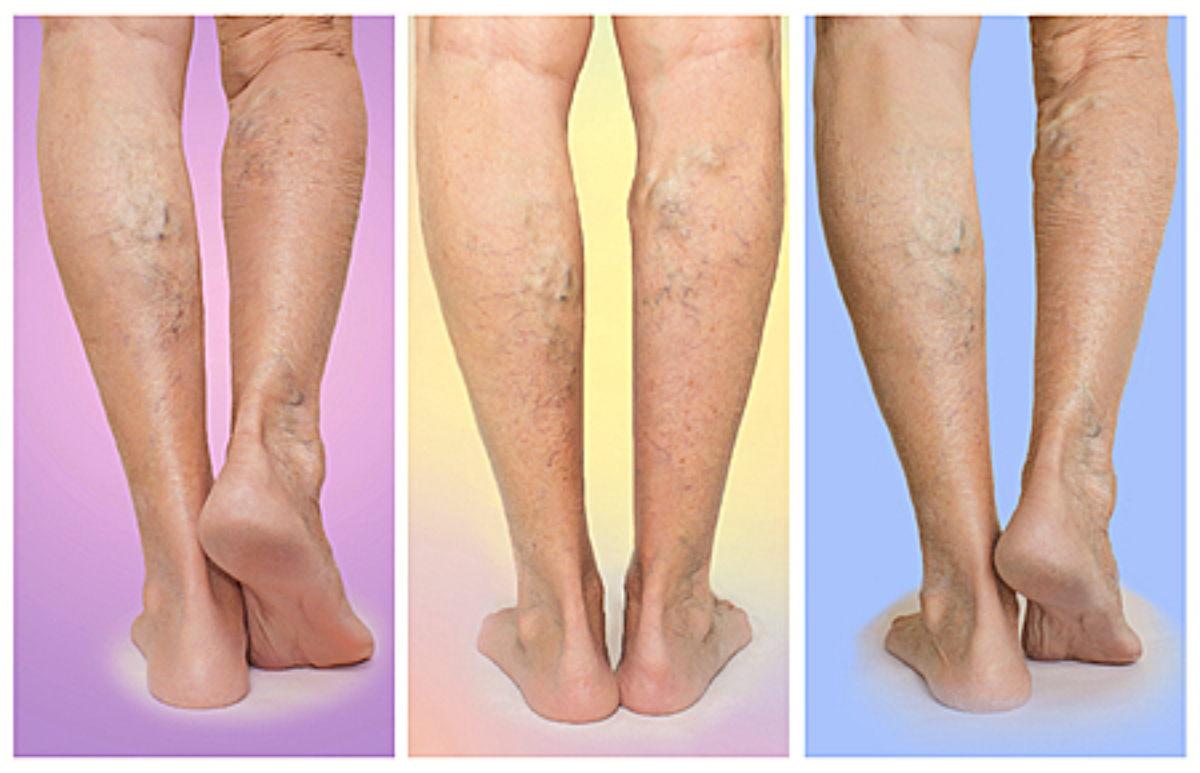Arterial Disease
Peripheral Arterial Disease (PAD)

Overview
Peripheral arterial disease (PAD) is a common arterial problem in which narrowed arteries reduce the blood supply to your limbs. Thus the decreased blood supply to the extremity cannot cope up with the demand. This leads to leg pain mainly on walking (Claudication).
Peripheral arterial disease is also a warning sign of reduced blood supply to other organs due to the generalized disease called atherosclerosis which is the deposition of fat, cholesterol, calcium, fibrous tissue in the wall of the arteries. This reduced flow may affect your brain and heart.
PAD may be successfully be treated by giving up smoking, walking and eating a healthy diet.
Symptoms
- Many are asymptomatic while some have pain on walking – intermittent claudication
- Intermittent Claudication is a pain in the leg muscles on exercise and relieved by a few minutes of rest.
- The location of the pain depends on the location of the narrowed or blocked artery. The commonest site is calf pain.
Other symptoms of PAD
- Pain in the leg initially on walking and later at rest
- Numbness or weakness of the legs
- Cooler leg than the other side
- Sores on the toes, foot or leg that refuse to heal.
- Change in color of the legs
- Hair loss or slower growth of hair on legs
- Slower growth of nails
- Shiny skin on legs
- Weak pulse or no pulse on the legs.
- Erectile dysfunction in men.
Leg pain worsens as the disease progresses and becomes rest pain which disrupts sleep and the patient has to hang the foot out of the bed Norwalk about at night to get temporary relief.
Causes
Some of the causes of Peripheral Arterial Disease includes:
- The most common cause if atherosclerosis which is deposition of fat within the arterial wall and is a generalized disease.
- Inflammation of the arteries
- Injuries to the limbs
- Unusual anatomy of the limb ligaments and muscles
- Radiation exposure
Risk Factors
- Smoking
- Diabetes
- High blood pressure (140/90 mmHg or higher)
- Obesity (body mass index > 30)
- High cholesterol (total blood cholesterol > 240 mg % or 6.2 millimoles/ litre)
- Increasing age > 50 years.
- A family history of heart disease or stroke or PAD.
- High levels of homocysteine, a protein that helps build and maintain tissue.
Complications
If you have PAD due to atherosclerosis then you are also at risk of developing:
- Critical limb ischemia (CLI). In this condition, sores do not heal, and injury or infection of the leg may progress to tissue loss (gangrene) which may progress to amputation.
- Stroke and heart attack are due to narrowing of the vessels of the heart or the brain due to generalized atherosclerosis.
Test & Diagnosis
The diagnosis is based on medical, family history, physical examination, and test results. A correct diagnosis is very important because people with PAD are at higher risk of heart attack and Stroke.
To be sure you have PAD your doctor may ask for the following tests:
- Physical Examination- Your doctor may find your foot pulses absent of weak. He may find a bruit with a stethoscope placed over the artery or reduced blood pressure in the affected limb.
- Ankle-brachial index (ABI). This is commonly performed and compares your blood pressure in the ankle with that of the arm. This test may be performed after exercising on the treadmill.
- Ultrasound - this helps evaluate blood flow through the arteries and identify blocked arteries or narrowed arteries.
- Angiography - It is performed by injecting a dye into the artery and seeing the flow through the vessel.
Home Remedies
By lifestyle changes, many people reduce the symptoms from PAD and stop the progression of the disease.
To stabilize or improve PAD the following lifestyle changes are advised:
- Stop smoking- smoking causes constriction and damage to the arteries and is a risk factor for worsening of PAD. Quitting is the best thing you could do for yourself. If you are having problems your doctor could prescribe medicines that would help you quit the habit.
- Exercise- This is a key component. Success in the treatment of PAD is measured by improvement in the distance you walk pain-free. Proper exercise helps condition your muscles to use oxygen more efficiently.
- Eat a healthy diet - A diet low in cholesterol and saturated fats could help you control blood pressure and atherosclerosis.
- Avoid certain cold medications - over the counter cold medications contain pseudoephedrine which constrict your blood vessels worsening symptoms by increasing PAD.
Treatment
The treatment of Peripheral Arterial Disease (PAD) has two major goals:
- Relief from pain so that patient can resume normal activity
- Stop the progression of atherosclerosis throughout the body to reduce the risk of heart disease and stroke
It is likely that you achieve these goals by lifestyle changes like quitting smoking which is the most important thing one can do reduce the risk of complications.
If lifestyle changes are inadequate then additional medical treatment is needed – to prevent blood clots, lower blood pressure and cholesterol, control pain and other symptoms.



